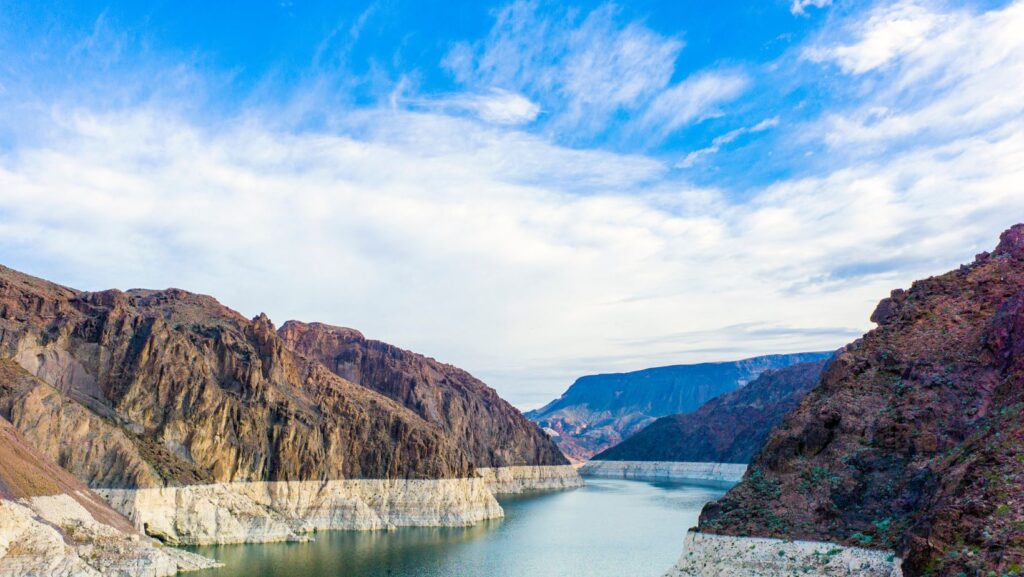
How much rain would it take to fill Lake Mead? It’s a question that has intrigued many, including myself. As an expert in environmental studies, I’ve delved into the complexities of water management and the challenges faced by reservoirs like Lake Mead.
Lake Mead, located on the Colorado River, is one of the largest man-made reservoirs in the United States. It serves as a crucial water source for millions of people in Nevada, Arizona, California, and Mexico. However, due to prolonged drought conditions and increased demand for water, Lake Mead has experienced a significant decline in its water levels over the years.
To understand how much rain would be needed to fill Lake Mead completely, we must first grasp its vast capacity. With a surface area spanning about 247 square miles and a maximum depth of approximately 532 feet at full capacity, it holds an impressive amount of water.
How Much Rain Would It Take to Fill Lake Mead
The Current Water Level of Lake Mead
Let’s dive into the significance of Lake Mead, a reservoir located on the Colorado River in Nevada and Arizona. To understand its importance, we must first consider the current water level of this vast body of water.
At present, Lake Mead has been facing a significant decline in water levels. As of [insert latest data], it stands at [insert current water level]. This reduction is a cause for concern as it indicates the potential impact on various sectors that rely on this crucial water source.
The Impact of Rainfall on Lake Mead
Rainfall plays a vital role in replenishing our freshwater resources, including lakes and reservoirs like Lake Mead. However, predicting how much rain would be necessary to fill such an extensive body of water can be quite challenging.
The quantity of rainfall needed to refill or maintain Lake Mead largely depends on several factors such as regional climate patterns, evaporation rates, and upstream inflows from snowmelt. While heavy rainfall can provide temporary relief by increasing water levels, sustained periods of above-average precipitation are required to have a lasting impact.

Understanding Rainfall and Water Supply
The Relationship Between Rainfall and Water Supply
When it comes to filling a massive body of water like Lake Mead, rainfall plays a crucial role in maintaining its water supply. The amount of rain that falls directly impacts the lake’s water levels, which are essential for supporting various ecosystems and human activities in the region.
Rainfall is responsible for replenishing not only Lake Mead but also other water sources that feed into it. As precipitation occurs, the rainwater collects on the surface, forming streams and rivers that eventually flow into the lake. This continuous inflow of water maintains the balance between evaporation and usage, ensuring a steady supply for both nature and human consumption.
However, it’s important to note that rainfall patterns can vary significantly depending on location and climate conditions. Some regions experience frequent rainfall throughout the year, while others have distinct wet and dry seasons. These variations directly impact how much rain is needed to fill Lake Mead adequately.
Understanding the Water Cycle and Its Effect on Lake Mead
To grasp how rainfall contributes to filling Lake Mead, we must delve into the intricate workings of the water cycle. The water cycle describes how water constantly moves through different stages: evaporation, condensation, precipitation (including rainfall), and runoff.
Evaporation occurs when heat from the sun causes surface water bodies like oceans, lakes, or even smaller reservoirs to turn into vapor. This vapor rises into the atmosphere where it cools down during condensation, forming clouds. Eventually, these clouds release their moisture as precipitation in various forms such as rain or snow.
The amount of precipitation received by an area directly affects its overall water supply. In arid regions like those surrounding Lake Mead in Nevada, where evaporation rates are high due to intense heat and low humidity levels, substantial amounts of rain are needed to compensate for loss through evaporation.










